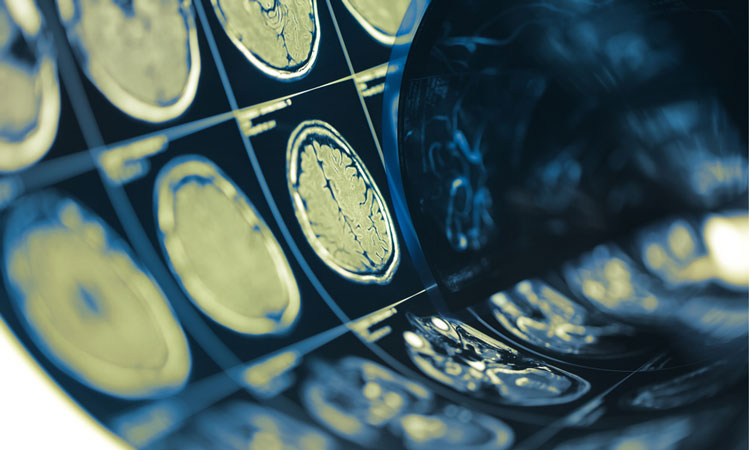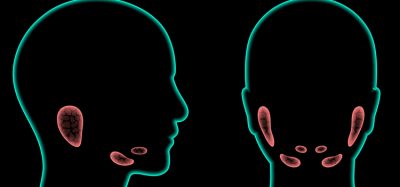Nuclear tracer helps to study the aging brain
Posted: 4 October 2018 | Drug Target Review | No comments yet
A PET nuclear tracer could help researchers to understand neurodegeneration in aging brains better, as it enters the brain and distributes quickly…


A PET imaging radiotracer could help researchers understand neurodegenerative disease and the aging brain.
Researchers from John Hopkins University found that the radiotracer rapidly entered the brain, and was distributed quickly.
Previous studies show a reduced density of the α4β2 nicotinic acetylcholine receptor (α4β2-nAChR) in the brain of aging individuals – particularly in the cortex and the hippocampus.
The α4β2-nAChR is somewhat responsible for learning, and a small loss of activity in this receptor can have broad effects on neurotransmission across neural networks. Studies have also found that high-performing and fast α4β2-nAChR-targeting radiotracers are limited for imaging outside the thalamus.
In this area outside the thalamus, the receptor is densely expressed.
The research team explored the pharmacokinetic behaviour of 18F-XTRA, the PET imaging radiotracer for the α4β2-nAChR. They tested the new radiotracer on 17 adults and focused on extrathalamic regions of the brain.
They found that this tracer rapidly entered the brain and distributed quickly.
“We present data using a new radiotracer with PET to characterise the distribution of the α4β2-nAChR in the human brain,” said Dr Martin Pomper.
“The observed high uptake into the brain, fast pharmacokinetics, and ability to estimate binding in extrathalamic regions within a 90-minute scan supports further use of 18F-XTRA in clinical research populations. We also report the finding of lower 18F-XTRA binding in the hippocampus with healthy aging, which marks a potentially important finding from biological and methodological perspectives.”
The team mentioned that their findings could be vital for future studies, especially for studies on neurodegeneration and aging, to monitor and assess changes in the human brain.
“Together, our results suggest that 18F-XTRA PET may be sufficiently sensitive to measure the hypothesized loss of α4β2-nAChR availability over aging, particularly in the hippocampus,” said Dr Pomper.
“This is a promising tool for the future study of changed cholinergic signaling in the brain over healthy aging that may be linked to changes in memory over the lifespan.”
The study was published in The Journal of Nuclear Medicine.
Related topics
Disease Research, Research & Development, Screening
Related conditions
neurodegeneration
Related people
Dr Martin Pomper








